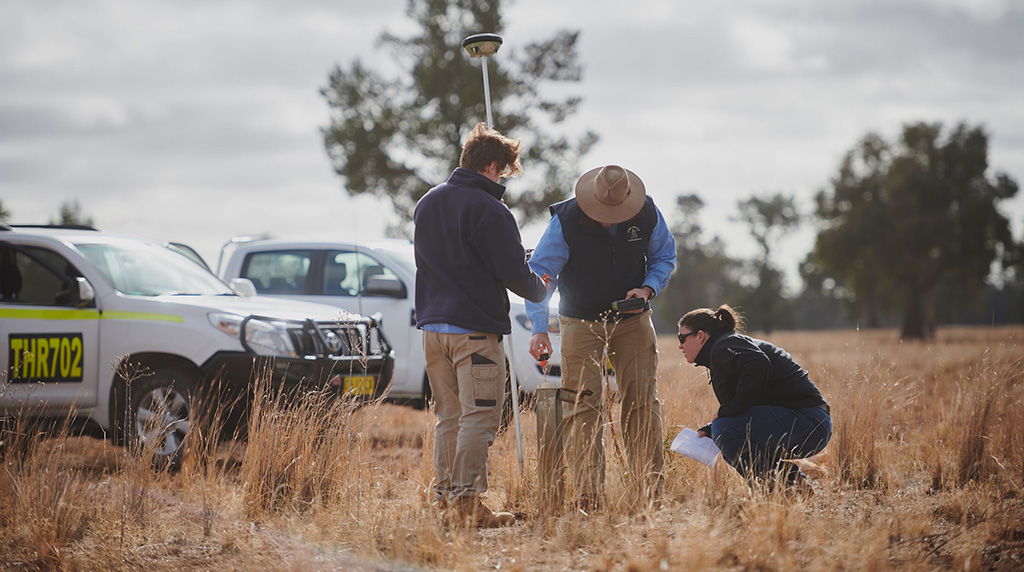
Clean TeQ’s (ASX: CLQ; US-OTC: CTEQF) Sunrise project in New South Wales, Australia, is one of the largest nickel/cobalt deposits in the world and one of the largest and highest grade accumulations of scandium ever discovered. The project has proven and probable reserves of 143.3 million tonnes grading 0.59% nickel, 0.10% cobalt and 47 parts per million of scandium for 843,000 tonnes of contained nickel, 142,000 tonnes of cobalt and 10,300 tonnes of scandium oxide – enough ore reserves to support a mine life of more than 50 years.
The project envisions delivering 2.5 million tonnes of ore to the leach circuit every year. Nickel and cobalt production will be refined on site to either battery-grade sulphate or, as envisaged in the latest phase of studies, cathode precursors for the global lithium-ion battery market. Production will support anywhere between 1-2 million electric vehicles per year. In addition to the nickel and cobalt, the Sunrise mineral resource contains enough scandium to produce 16 million tonnes of aluminum-scandium alloy, the company says.
Average annual (metal equivalent) production rates in the first decade of the mine life are forecast to total 21,293 tonnes a year of nickel and 4,366 tonnes of cobalt. Capex, including a contingency, is forecast to come in at about $1.83 billion. Average annual post-tax free cash flow is estimated at $306 million on revenues over the life of mine of $16.3 billion, based on $24,200 per tonne nickel (inclusive of sulphate premia); $59,200 per tonne cobalt; and $1,500 per kilogram of scandium oxide.

At an 8% discount rate, Sunrise is expected to generate a post-tax net present value of $1.21 billion, a post-tax internal rate of return of 15.4% and pay back the capex in just over five years.
The Northern Miner recently caught up with Clean TeQ’s Melbourne-based CEO Sam Riggall, and asked him for an update on the project and his outlook for nickel and cobalt markets.
The Northern Miner: An integrated Clean TeQ/Fluor engineering team completed a project execution plan for the Sunrise project late last year. How far along are you with the project now?
Sam Riggall: The project is permitted and ready to commence development. We delivered the Project Execution Plan in September 2020, which updated the definitive feasibility study (DFS) with a significant amount of engineering — in fact, we’ve spent about A$70-A$80 million (US$53-61 million) in the past 18 months —to ensure we’ve front-end loaded the project for successful delivery. Construction will take about three years. So the focus now is on financing. We have a strong consortium of international banks on the debt side, targeting gearing of about 50% for the project.